5 Ways to Reduce Car Maintenance Costs
Five strategies from personal experience that will help significantly reduce car maintenance costs. These tips will save your budget.
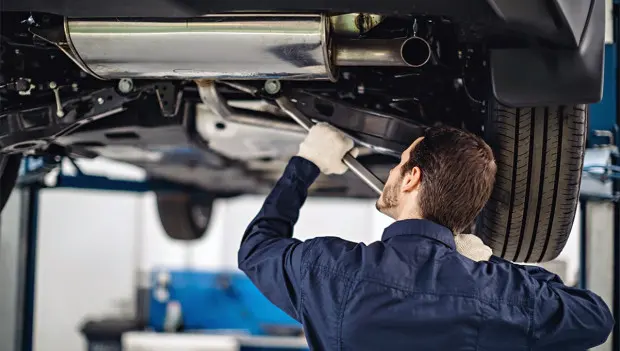
How to reduce car maintenance costs. Car maintenance expenses are one of the most significant budget items for car owners. According to statistics, the average driver spends $1000-$1300 annually on scheduled and unscheduled repairs. Meanwhile, sudden breakdowns, such as timing belt or cooling pump failures, can multiply this amount. However, costs can be optimized without compromising the safety and reliability of the car.
Regular Maintenance: Minimize the Risks of Major Breakdowns
Neglecting scheduled maintenance is the main cause of expensive repairs. Timely servicing helps to identify and eliminate minor issues before they turn into serious problems. It is especially important to adhere to the schedule for cars older than three years or with mileage exceeding 60,000 km (37000 mi).
Recommendations:
- After the factory warranty ends (usually 3 years or 100,000 km or 62,000 mi), switch to independent service centers. This can reduce costs by 30–40% compared to dealer service.
- Do not delay diagnostics when even minor symptoms of malfunction appear.
- Maintain a service history and keep documents — this will simplify the subsequent sale of the car.
Regular maintenance is not a formality but a strategic investment in the car's resource and reduction of unforeseen expenses.
Parts: A Reasonable Balance Between Originals and Equivalents
The cost of original components can be 50–100% higher than quality equivalents. However, the choice depends on the age of the car, the condition of the components, and operating conditions.
- Original parts are advisable to use for new cars, especially those under warranty.
- Quality equivalents are suitable for non-critical components (filters, brake pads, spark plugs, etc.) on cars older than 4–5 years.
- When buying — rely on trusted suppliers and remember about the warranty. This is critical when a defect is found.
Controlling the purchase of parts allows avoiding service markups and choosing the optimal price-quality ratio.
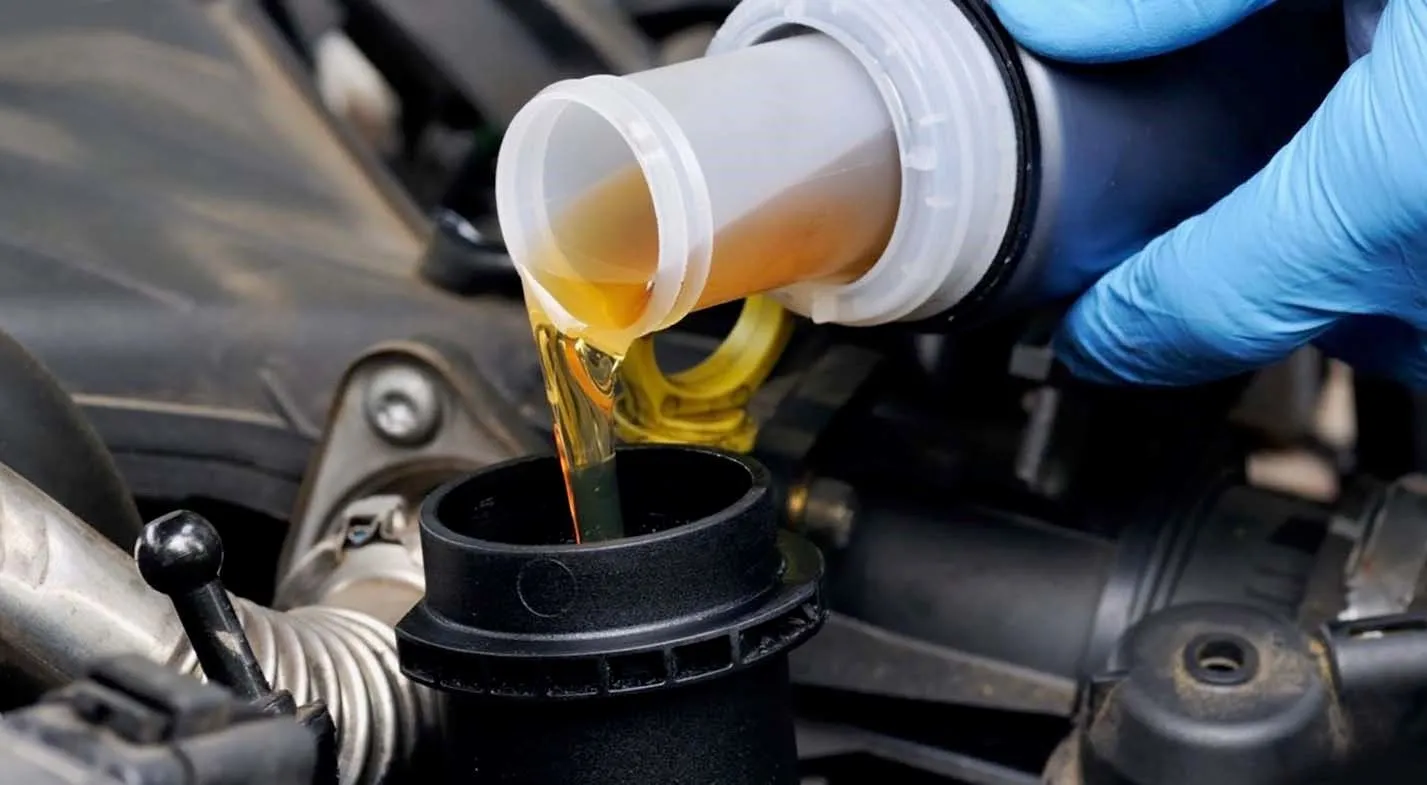
DIY Basic Maintenance: Smart Savings Without Risk
Many procedures do not require professional training — just basic tools and a manual. DIY oil, filter, bulb, windshield wiper, and battery replacements save up to 30% on each operation.
- Start with simple operations — replacing the air filter, adding coolant, installing new wiper blades.
- Use training video guides, production manuals, and read specialized forums.
- Follow the schedule: oil — every 7,500–10,000 km (6000 mi), filters — every 15,000 km (9000 mi).
Basic technical maintenance skills save money and provide confidence in the car's technical condition.
Economical Driving Style and Route Planning
Aggressive driving increases fuel consumption by 20–30%, accelerates wear of the brake system, suspension, and tires. Rational driving and route planning are the foundation of careful car use.
How to reduce costs:
- Avoid sharp accelerations and decelerations, maintain a steady speed.
- Use cruise control on highways — it helps reduce fuel consumption.
- Plan trips considering traffic and road congestion.
- Refuel only at trusted stations with high fuel turnover.
Moderate driving style is not only about safety but also significant savings.
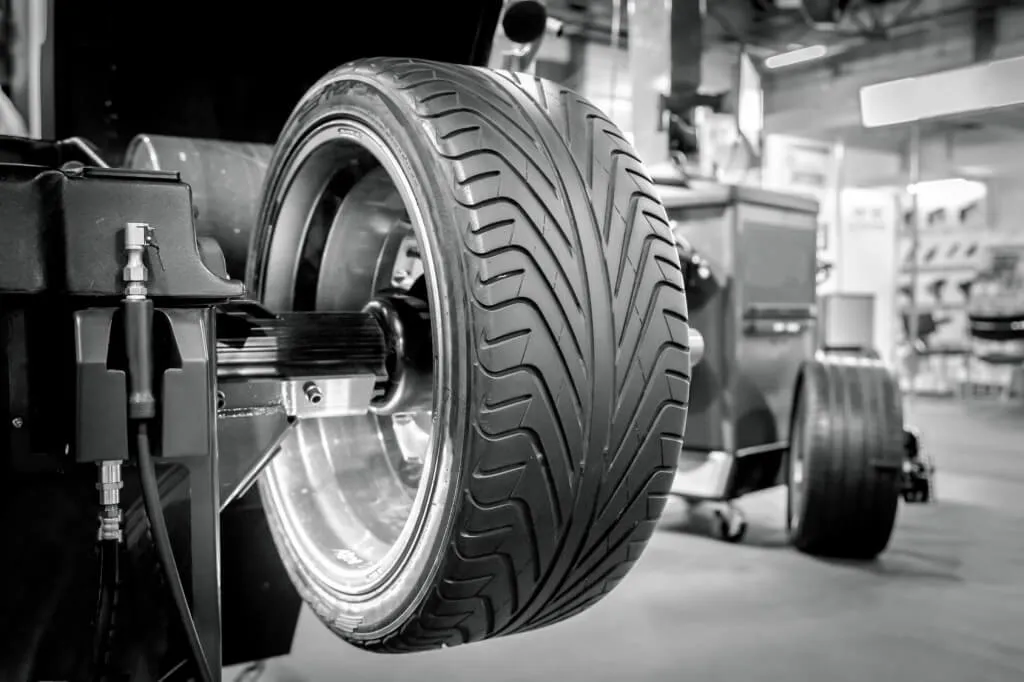
Tires: Extending Life Through Proper Care
Tires are one of the most expensive consumption positions. However, with proper use, their lifespan can be increased by 25–30%.
What needs to be done:
- Check tire pressure every 2 weeks — incorrect pressure speeds up wear.
- Balance tires preventively, usually as needed (e.g., if vibration appears), or during seasonal tire changes. It's not necessary to balance them "on schedule" every 15,000 km (9000 mi).
- Seasonal tire rotation for even wear is recommended.
- Store tires in a cool, dry, and dark place away from heat sources.
Caring for tires is an investment in safety, comfort, and reduced replacement costs.
You may also be interested in the news:
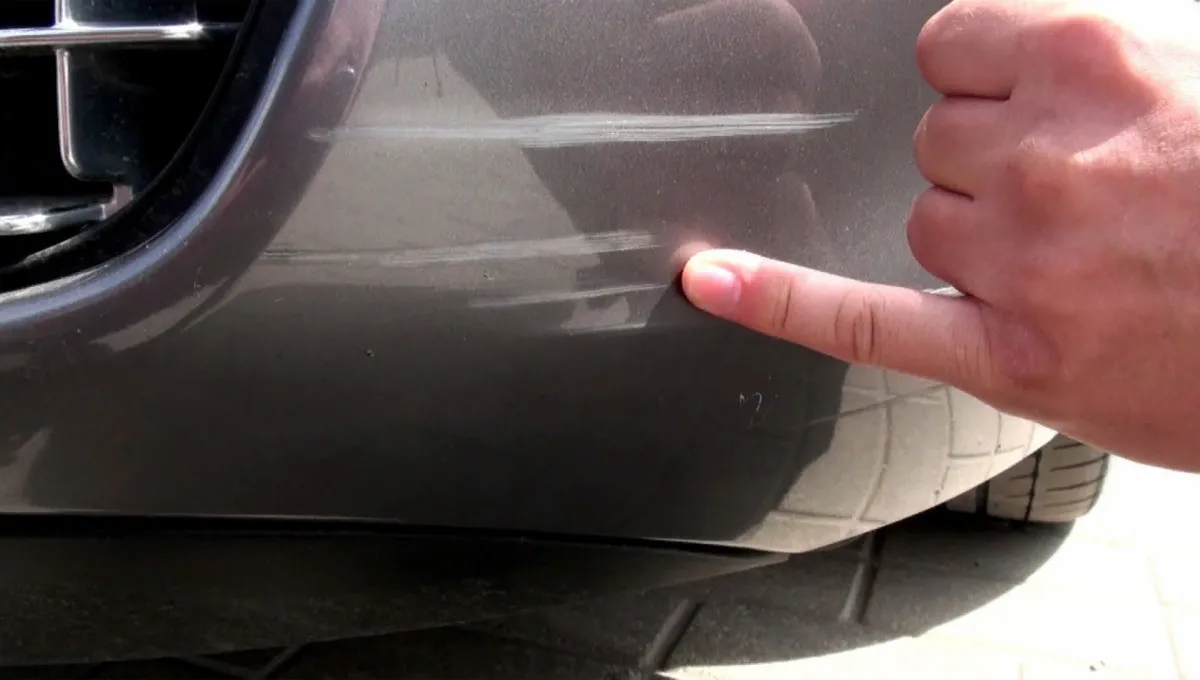
How to Remove Car Scratches Yourself in the Garage: Fixing Bumpers, Headlights, and Fenders
Scuffed your car? No big deal. Here’s how to remove scratches from your bumper and headlights at home.
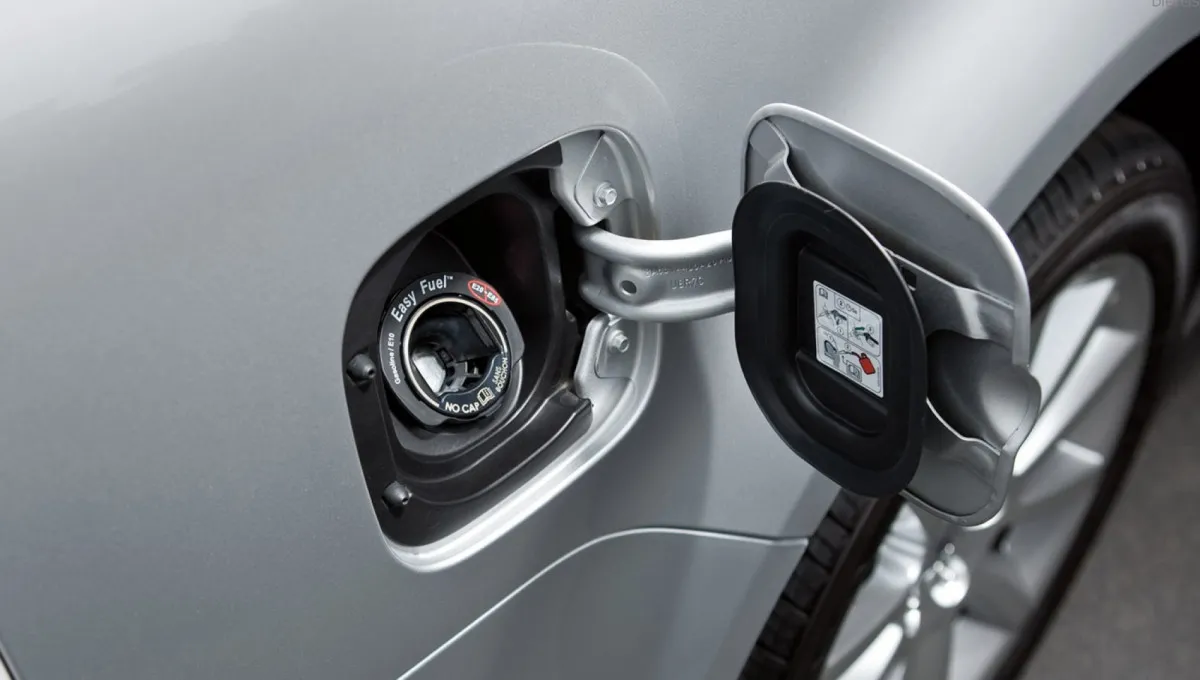
How to Clean a Gas Tank from the Inside—Without Removing It: Dirt, Water, and Rust
Over time, many vehicles accumulate water and debris inside the gas tank, while the inner walls can develop rust.

Car Horoscope: How Each Zodiac Sign Handles Driving
Today, we explore how prone each zodiac sign is to car accidents.

First Car for New Drivers: How to Choose Your First Vehicle and Get It Right
Picking a car is harder than choosing an outfit for a party or a long-awaited date — looks matter, but so do the technical details.
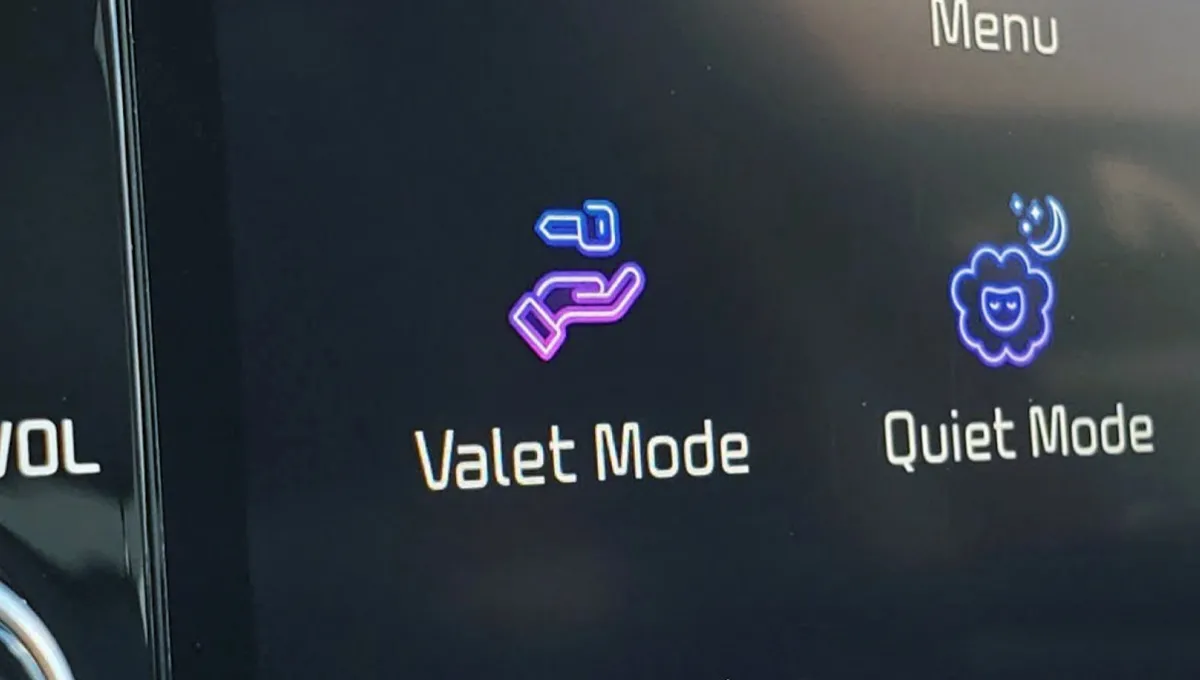
Many Americans don’t know about this onboard computer feature: what the Valet Mode system is for and how it works
How to use Valet Mode and when to apply this system, as well as why it was integrated into your car’s computer.